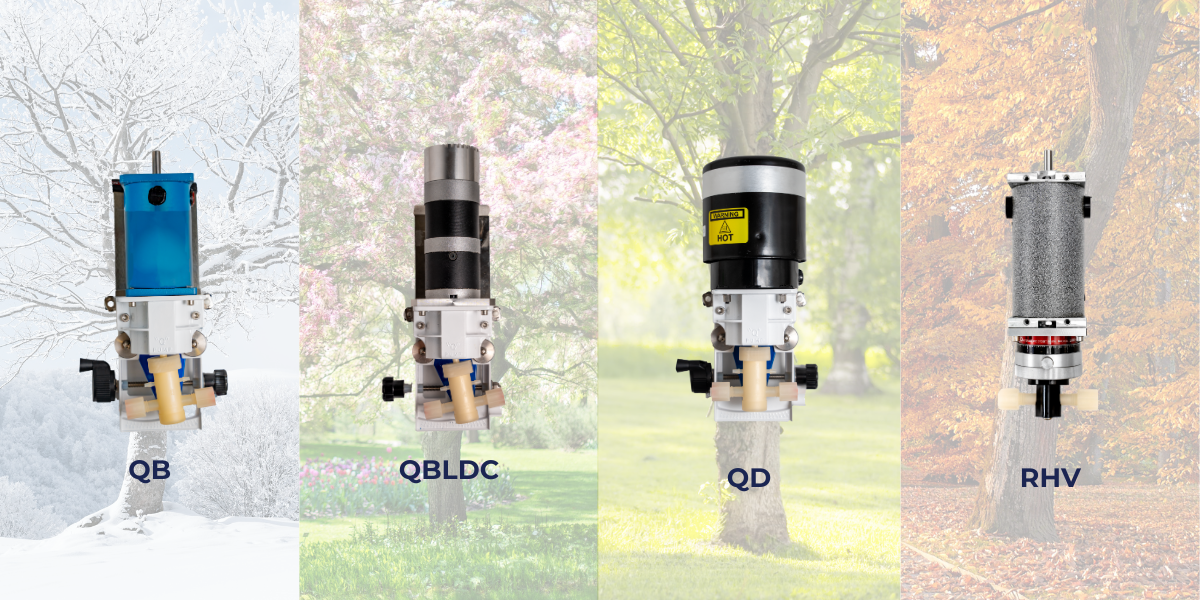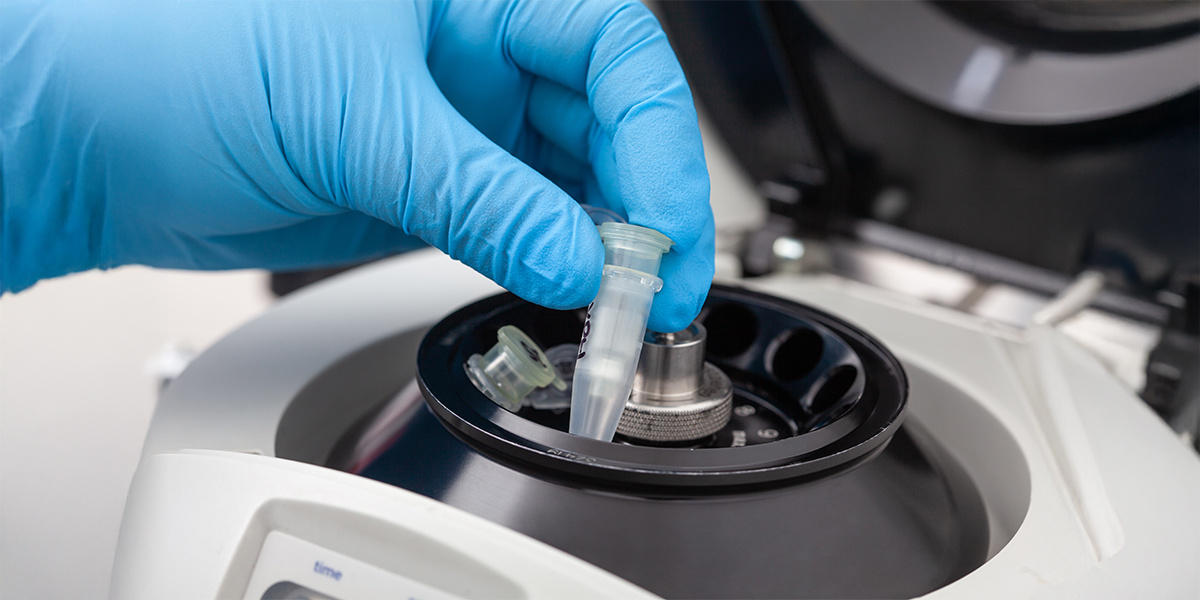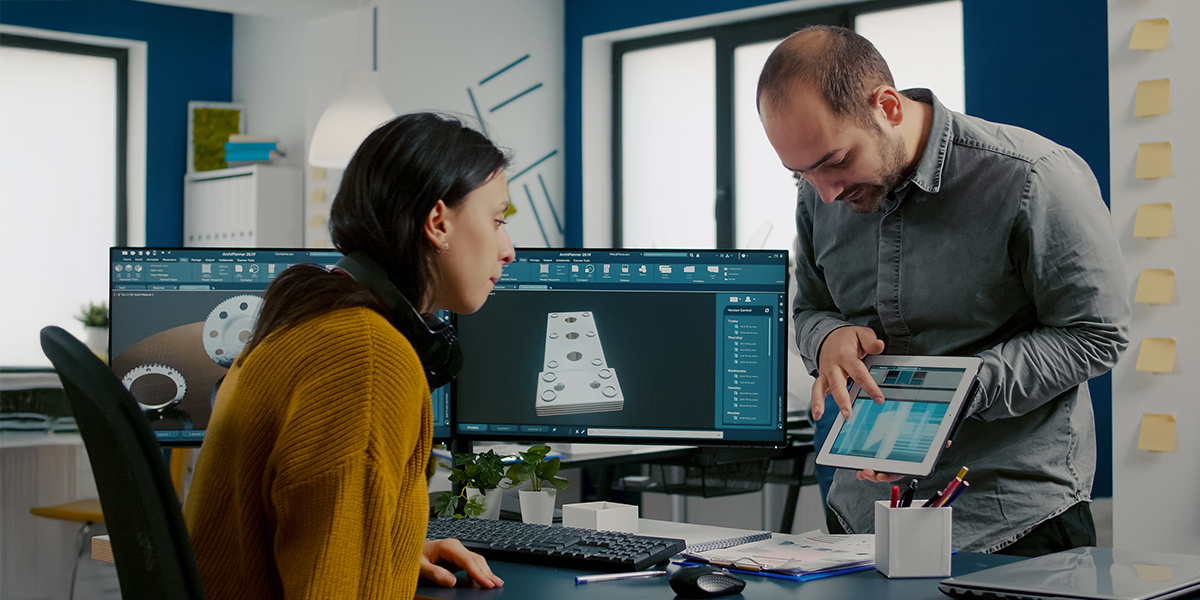Seasonal Pump Maintenance and Storage Procedures
Key Takeaways: Proper seasonal pump maintenance for microfluidic systems includes flushing, draining, lubricating, and storing pumps in...

Key Takeaways:
Pump seizure can be a frustrating and disruptive event in any fluidic application. Knowing how to handle a seized pump quickly and effectively can help operators minimize downtime and potential damage to equipment. Here's what you need to know about the causes of pump seizure and the measures that can be taken to prevent it:
Understanding Pump Seizure and Stalling
Pump Seizure
A seizure occurs when the pump head becomes physically blocked and can no longer function. The primary culprits behind pump seizures are crystallizing fluids that get lodged between the piston and liner, clogging the fluid path. The introduction of air into the system can also be a catalyst for crystal formation, increasing the likelihood of a pump seizure. Although it's sometimes possible to remedy this situation, in most cases, once a pump has seized, it may not be returned to a working state with its current components.
Stalled Pump
By contrast, stalling is a different issue (despite sometimes being mistaken for seizure). When a pump stalls, it stops rotating and emits a loud buzzing sound. Fortunately, this is often resolvable by simply turning the pump off and back on again.
Handling a Worst-Case Scenario
If a pump seizure occurs, never run the pump dry. Pumps should be operated in a wetted state to reduce the chances of further damage. While certain materials and physical features may allow a pump to be run dry or partially wetted in specific instances, keeping the pump wetted is always the safest bet.
If your pump seizes:
How Fluids Can Contribute to Seizure
Certain fluid properties can lead to an increased risk of pump seizure:
Preventing Pump Seizure
Proper operation and storage play key roles in keeping your pump in good working condition:
Troubleshooting and Recovery
If your pump has seized, do not attempt to adjust or repair it yourself. Our trained engineering technicians specialize in restoring pump functionality and can safely assess the issue to determine the best course of action. Contact our experienced engineering team for more ways to ensure your equipment stays in tip-top shape, so you can seize the engineering opportunity - not your pump!

Key Takeaways: Proper seasonal pump maintenance for microfluidic systems includes flushing, draining, lubricating, and storing pumps in...

1 min read
Key Takeaways: For nucleic acid sample preparation pumps, chemical compatibility is critical—Fluid Metering’s CeramPump® technology resists harsh...

2 min read
Key Takeaways: For teams entering the medical device design phase, understanding regulatory requirements (FDA, ISO) and fluidic system needs early...